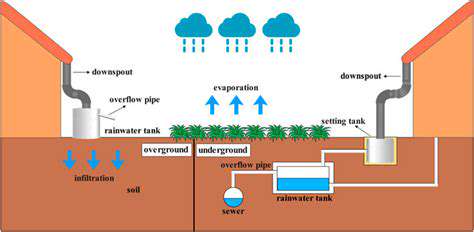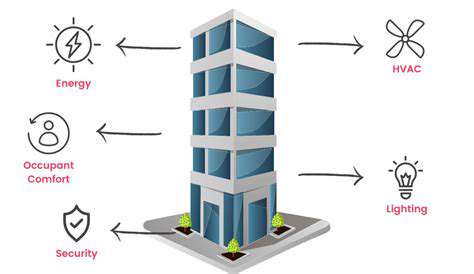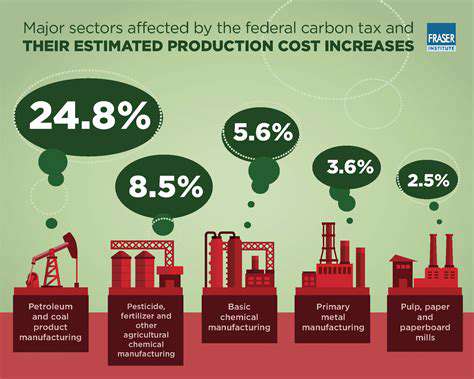Rainwater Harvesting Systems: Urban Applications
Commercial Rainwater Harvesting Systems
Skyscrapers demand robust solutions. Commercial systems feature multi-stage filtration, automated controls, and massive cisterns—sometimes spanning multiple basement levels. Smart sensors track usage patterns, dynamically allocating water between cooling towers and restrooms. The ROI shines in high-traffic venues like malls, where restroom flushes add up fast.
Maintenance crews play a key role here. Quarterly membrane checks and UV sterilizer servicing keep water safe for non-potable applications. Backup pumps ensure continuity during peak demand.
Integrated Landscape Systems
These marry form and function. Rain gardens absorb runoff while native plants filter pollutants. Permeable walkways double as collection surfaces, feeding underground reservoirs. Bioswales—those gently sloped, plant-lined channels—transform stormwater into a design feature. Urban plazas use them to combat heat islands while recharging groundwater.
Plant selection is critical. Deep-rooted species like switchgrass excel at filtration. Avoid invasive roots near pipes. Annual soil testing maintains optimal infiltration rates.
Greywater Recycling Integration
Pairing greywater reuse with rainwater harvesting creates a closed-loop system. Laundry-to-landscape setups exemplify this synergy: detergent-laden water nourishes trees after minimal filtration. Always separate greywater from blackwater (toilet waste) to simplify treatment. Color-coded pipes prevent cross-connections during maintenance.
Disinfection is mandatory for indoor reuse. Ozone or chlorine systems treat water destined for toilet tanks. Clearly label all recycled water outlets to prevent accidental consumption.
Low-Cost Solutions for Residential Use
Affordability drives adoption. Upcycled food-grade barrels with mosquito screens work wonders. Communities in arid regions share designs for gravity-fed drip irrigation using repurposed PVC pipes. Even simple rain chains—decorative downspout alternatives—boost collection efficiency with zero moving parts.
Group purchases slash costs. Neighborhood cooperatives buy tanks in bulk, passing savings to members. Workshops teach basic plumbing skills, empowering residents to install their own systems.
Maintaining and Optimizing Rainwater Harvesting Systems in Urban Areas

Understanding Rainwater Harvesting
This ancient practice meets modern sustainability goals. Every millimeter of rain on 100m² of roof yields about 1,000 liters annually—enough to fill a mid-sized pool. Storage capacity should match local rainfall patterns; monsoonal areas need larger buffers than drizzle-prone regions.
Planning Your Rainwater System
Start with a water audit. Track monthly usage to size tanks appropriately. Pro tip: Position tanks near high-demand areas (gardens or laundry rooms) to minimize piping. Overflow plans are crucial—direct excess to infiltration trenches rather than storm drains to recharge aquifers.
Selecting the Right Materials
Polyethylene tanks resist UV degradation, while stainless steel suits harsh climates. Gutter guards with 2mm gaps block leaves but pass water freely. For corrosion-proof piping, choose Schedule 40 PVC over metal in coastal zones. Always insulate above-ground tanks in freezing climates.
Installation and Maintenance
Slope gutters 1cm per 3m for self-cleaning flow. First-flush diverters (which discard initial dirty runoff) should empty automatically after each rain. Biannual tank inspections should include checking for sediment buildup—a shop vac removes sludge without entering confined spaces.
Water Quality Considerations
Charcoal filters tackle organic compounds, while 5-micron sediment filters catch fine particulates. For potable systems, NSF/ANSI 61-certified components are mandatory. Test annually for coliform bacteria, especially if using rainwater for vegetable irrigation.
Legal and Regulatory Aspects
Some states offer tax credits for rainwater systems, while others restrict collection volumes. In Colorado, for instance, residential systems under 110 gallons bypass permitting. Always verify if your homeowner's association has aesthetic guidelines for visible components.
Environmental Benefits of Rainwater Harvesting
Beyond water savings, these systems reduce urban flooding by slowing runoff. A single 10,000-liter tank can offset the heat absorption equivalent of 20 mature trees. They also decrease energy use—municipal water treatment consumes ~1kWh per cubic meter delivered.











